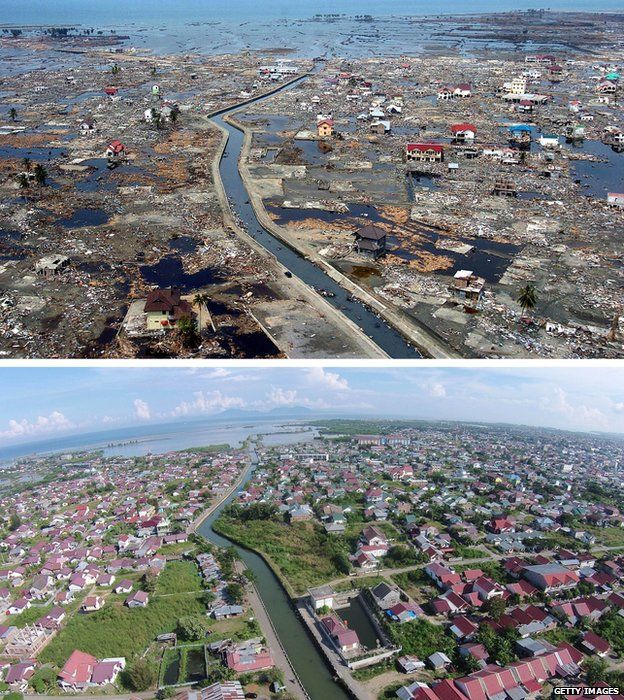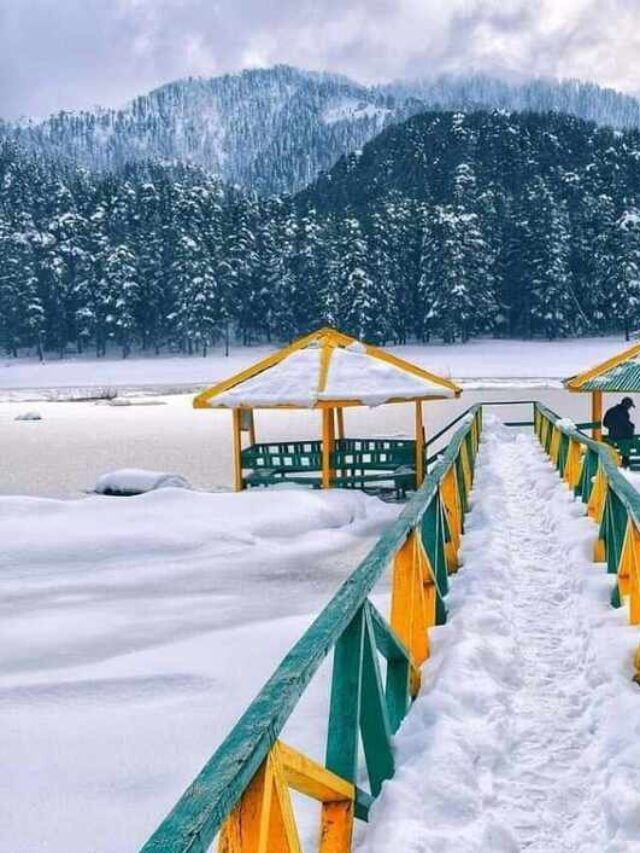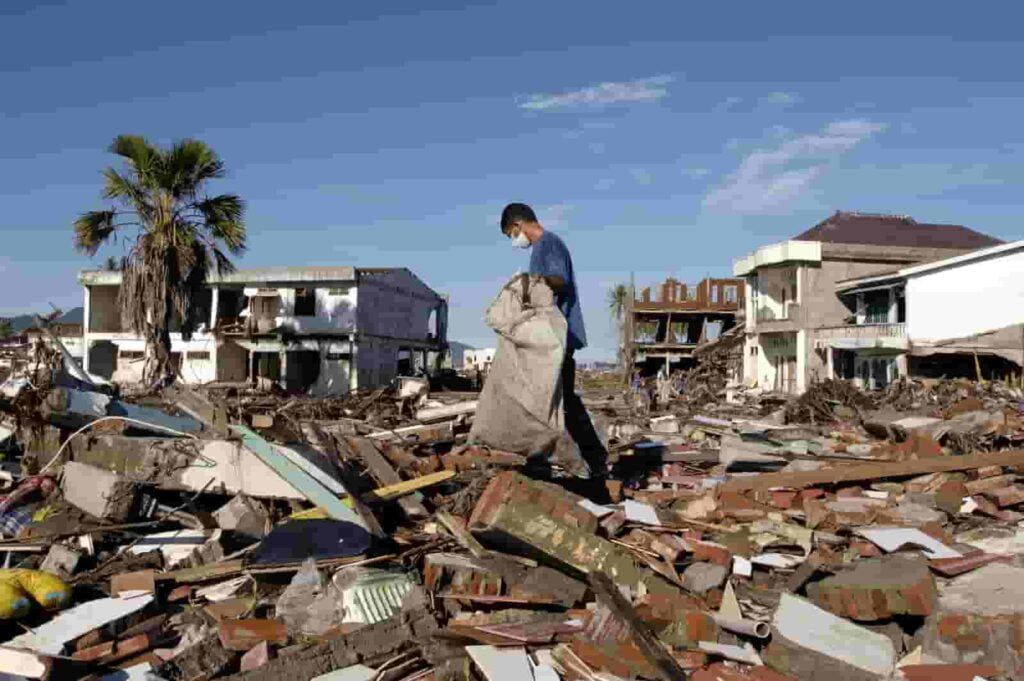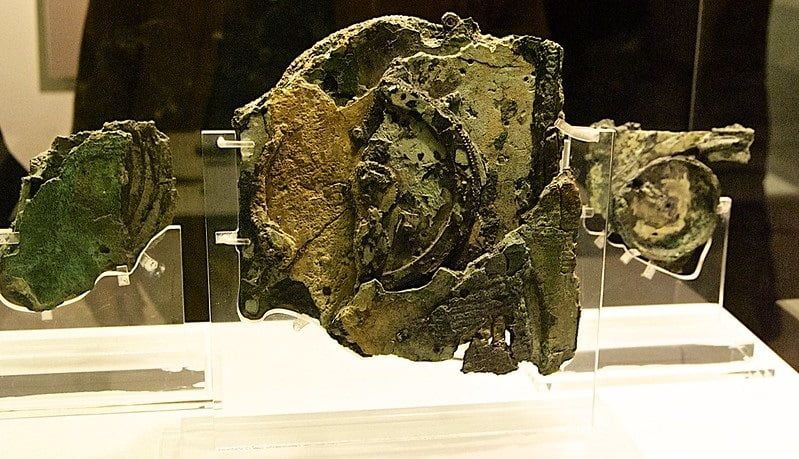On December 26, 2004, one of the world’s worst tragedies took place. In the early morning hours of the 26th of December, around 7:59 AM, an undersea earthquake struck off the coastal area of Indonesia’s Sumatra Island. It was a 9.3 magnitude earthquake, which was powerful enough to create a Tsunami causing devastation to several countries which form the rim of the Indian Ocean.
The Earthquake’s Outcome: A Tsunami Causing Devastation
The earthquake triggered a Tsunami which caused massive ocean waves to hit the coastal areas of several counties of South and Southeast Asia. This continued for approximately seven hours with the Tsunami causing devastation in Sri Lanka, Indonesia, Thailand, Malaysia, Maldives, Myanmar, India, the Seychelles and Somalia, and some other coastal edges of the Indian Ocean, even reaching the far-off coasts of eastern Africa.
In certain locations, it was reported the ocean waves reached as high as 30 feet or more when they hit the shoreline of the countries. The Tsunami caused heavy damage and loss of life and property. It is estimated that at least 230,000 people were killed. Aceh province in northern Sumatra reported approximately 200,000 people dead while thousands of people were reported to be missing, particularly in the Indian Andaman and the Nicobar Islands. Many non-Asian tourists were also reported to be dead or missing.

Heavy damage to property and huge economic losses were incurred along with a high number of casualties. In certain places, roads were destroyed. This made it extensively difficult for relief workers to provide resources in the remote areas and to successfully carry out the rescue operations. There emerged a scarcity of food and clean water along with a lack of medical supplies and treatment in many regions.
Also Read – Everything About India-Pakistan 1971 War
Everlasting environmental damage also occurred. The Tsunami was responsible for the destruction of various villages, resorts, farms, and agricultural land along with fishing grounds. These were demolished or engulfed in debris and bodies, and to make matters worse, they were filled with and washed over by plant-killing salt water from the sea.
Rescue Operations & Humanitarian Efforts
Along with local rescue operations, humanitarian aid came from all over the world to help those who had been severely affected by the Tsunami causing devastation in several countries. UNICEF mobilized teams in eight countries which included Myanmar, Malaysia, Thailand, Indonesia, Sri Lanka, India, Maldives and Somalia. It made efforts towards preventing malnutrition and providing clean drinking water. It also made efforts to prevent the outbreak of measles and other diseases.
The Indian Armed Forces were also quick to respond and launched Operation ‘Sea Wave’ for providing relief, rescue and helping in the evacuation of victims. Operation ‘Rainbow’ was launched for airlifting operations by the Indian Air Force in Sri Lanka and similarly, the Indian Air Force launched Operation ‘Castor’ for the Maldives.

A total of 6.25 billion dollars was donated to a central UN relief fund which was to assist fourteen countries. There was a Tsunami Evaluation Committee, which consisted of some UN agencies as well as other NGOs. The UK’s Disaster Emergency Committee also appealed for public donations and collected a good amount of money which proved to be beneficial humanitarian aid.
Also Read – Unbelievable Historical Mortals: Famous And Genius People From History
Some data from the UN suggests that Japan topped the contributions made in the form of donations for the relief efforts and also deployed hundreds of emergency workers to assist in relief operations. Humanitarian aid was also received from several other trusts, foundations, NGOs, business organizations, and individuals.
Conclusion
The devastating earthquake and tsunami was a wakeup call for scientists all over the world. Quick actions have been taken ever since to develop tools and technology which could effectively predict the occurrence of earthquakes in advance so as to minimize the catastrophic impact of such natural disasters. Different nations have invested in development of their coastal areas and infrastructure in order to deal effectively with these catastrophes.
For more related posts, visit Discover.












